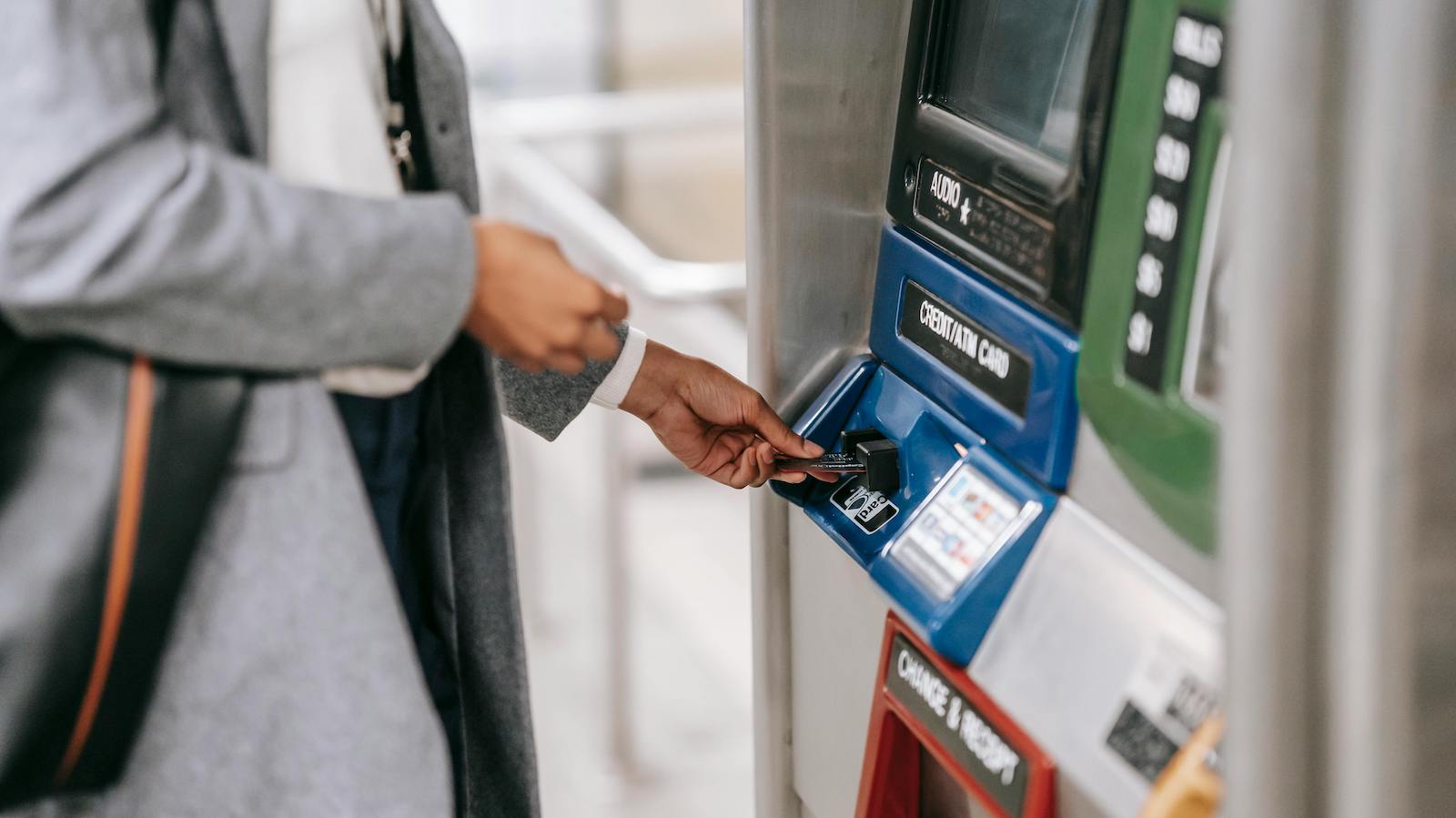We are at a moment in history when businesses in all sectors are rapidly reworking how they interact with customers, to see how they can remain a valuable part of people's lives as so much is changing. The pandemic has accelerated these changes, of course. In its massive disruption of daily life, shaking people and societies out of familiar routines and forcing new ways of pursuing their professional and personal interests, COVID-19 has created a new space for changes in behavior.
The insurance industry -- long known for offering peace of mind, stability and trust -- is adapting. In fact, the insurance industry is expected to spend nearly $28 billion annually on customer experience solutions. But many people still lack trust in insurers. Fewer than half of those surveyed in EIS Group's Customer Compass Report say they trust insurers to respond to their basic needs. That is troubling and should be a wake-up call.
Now is the time for insurers to check their headings and set new courses to gain the trust and satisfaction of customers. To start, insurance companies must focus on adjusting two major components found throughout the customer journey -- customer experience and personalization.
Customer experience and personalization -- which have been predominant concerns in retail for some years -- are now only second and third to price when it comes to main reasons why people might switch insurers, according to the Customer Compass Report. A full 28% of policyholders stated that poor customer experience is a "main reason" for leaving a provider, and 20% cited lack of personalization. Getting experience and personalization right is no longer a "nice to have" for insurance providers; it is quickly becoming a crucial element of what insurers offer to customers.
As the world becomes increasingly digitized, opportunities abound. Fitness trackers, for instance, help their users with real-time insight into their health and activity -- but the same data can be fed into a health or life insurance product to provide personal rewards and discounts. A few insurers, including John Hancock with its Vitality program, have been successful with this model. Similar approaches are relevant for automotive insurance, rewarding users when they avoid risky activities or drive responsibly, while giving them options for more extensive insurance if that's what is appropriate for their lifestyle and behavior. 54% of consumers indicated they would consider car insurance they would pay for only when they drive. 60% would consider car insurance that costs less if they drive at low-risk times of the day.
See also: How Insurers Are Making Connections
Customers can be offered multiple ways of communicating, including email, self-serve interfaces and automated chatbots as well as phone and instant messaging. However, consumers have astonishingly low expectations of insurers -- only 23% expect insurers to integrate their experience across mobile, web and in-person channels.
For a truly satisfying customer experience, insurers need to ensure that customers can move seamlessly between those channels as they wish. As an example, a buyer might receive some initial information about an insurance offer via email, then use a messaging app to get further details in a conversation facilitated by a chatbot. A web form would then be pre-populated with the information from that chatbot conversation, and a quote sent. At the same time, a call center would be available where a representative can see an overview of progress, if the buyer has any final questions before completing the purchase. While this example may seem commonplace for many consumer buying cycles, it is not for insurance buyers.
One truth of the digital economy is that people are willing to research and assess which products are right for them. But they are also interested in simplicity and want a "one-stop shop" for products that meet their specific needs. With data and tech accelerating faster every day due to the pandemic, insurers must embrace the challenge and seek all the potential opportunities that can improve customers' lives.







